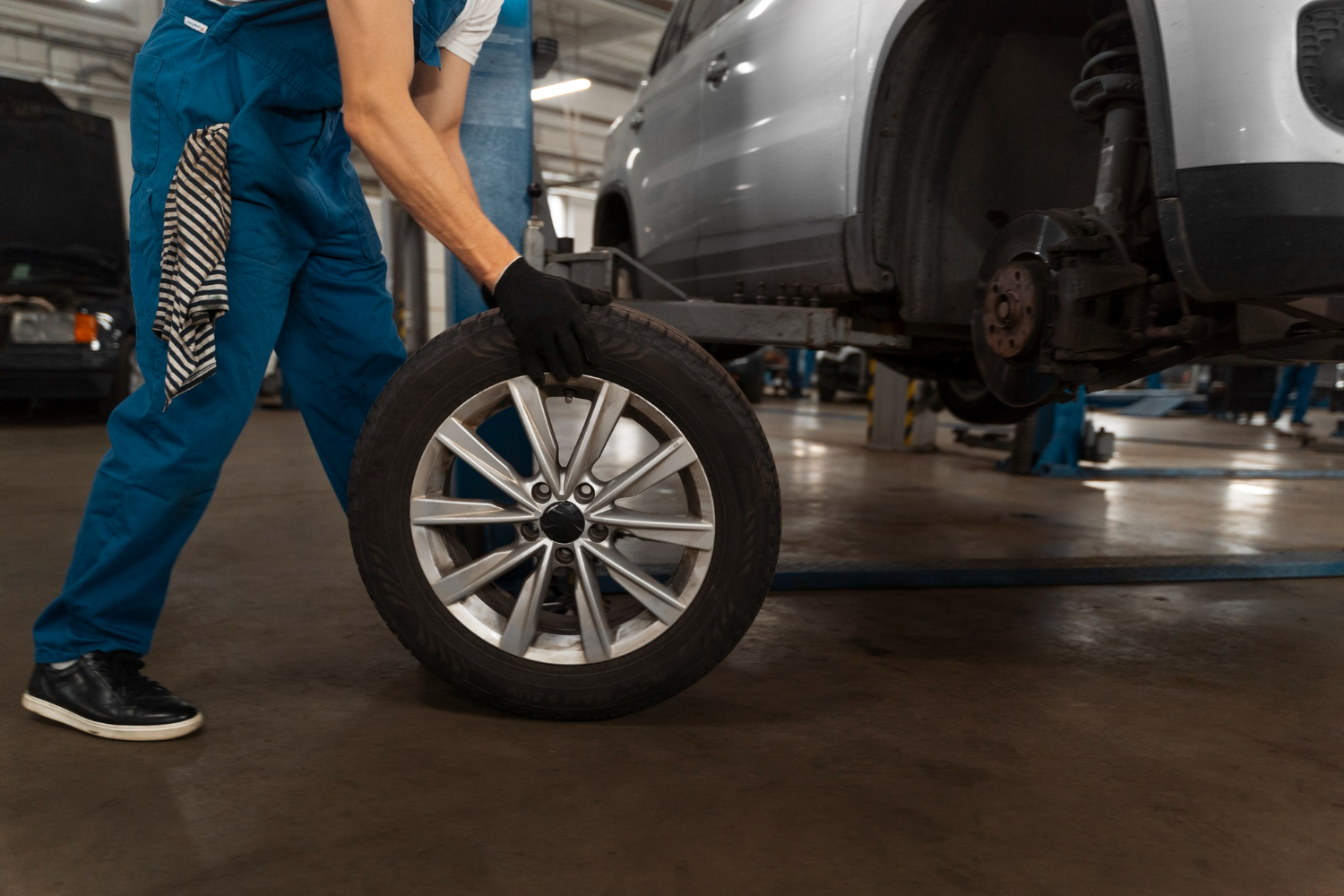Tire Swap

Ensuring Optimal Performance and Safety
A tire swap is a critical maintenance task that involves replacing the set of tires on your vehicle to match the driving conditions expected with seasonal changes. As the weather transitions from hot to cold or vice versa, the roads present different challenges, and your vehicle must be equipped to handle these variations.
Why Seasonal Tires Matter
Different seasons have remarkably different impacts on driving conditions and vehicle performance. Here’s how:

Winter Conditions
Cold temperatures, snow, and ice can make roads slippery. Winter tires are designed with a flexible rubber compound that doesn't harden in cold weather. This flexibility allows the tires to conform better to the surface of the road, providing increased traction. Additionally, the tread patterns on winter tires are specifically made to channel snow and slush and to bite into ice, reducing the risk of skidding and improving stopping distances.

Summer Conditions
Conversely, when temperatures rise, the asphalt can get very hot, affecting the tire's grip. Summer tires are made with a stiffer rubber compound optimized for warm weather. This compound provides a better grip on hot pavement and a more precise handling response. The tread patterns are generally simpler with fewer deep grooves, which increases the contact patch (the area of the tire that touches the road) and improves stability and cornering performance.
The Process of a Tire Swap
Here’s a closer look at what happens during a tire swap:

Inspection
Before swapping tires, a technician will inspect the tires being put on the vehicle to ensure they are still in good condition, with adequate tread depth and no signs of damage or uneven wear.

Removal and Installation
The existing tires are carefully removed, and the appropriate seasonal tires are installed onto the wheels. Technicians ensure that the tires are oriented correctly, with the tread facing the right direction for optimal water, slush, and snow evacuation.

Balancing
Once on the wheel, the tires are balanced to prevent vibrations. Tiny weights are added to the rim to ensure even weight distribution around the axle.

Alignment Check
A proper tire swap often includes an alignment check to ensure that the tires wear evenly and the vehicle handles correctly. Poor alignment can cause rapid tire wear and negatively affect handling and safety.
How Tire Swaps Improve Safety and Performance
The benefits of a tire swap are tangible and can greatly enhance the driving experience:
- Traction: Season-specific tires provide the best possible traction for their designed conditions, reducing the likelihood of accidents due to slipping or loss of control.
- Handling: Proper tires can dramatically improve the handling of your vehicle, allowing for more precise steering and stability, especially during cornering.
- Braking Distance: With the correct tires, braking distance can be significantly reduced, which is crucial for avoiding collisions in emergency situations.
- Fuel Efficiency: Incorrect tires for the season can increase rolling resistance, which reduces fuel efficiency. By having the right tires, you can ensure your vehicle is as fuel-efficient as possible.
At Major Tire, we emphasize the importance of tire swaps because they are integral to your vehicle’s seasonal preparedness. Entrusting us with your tire swap means you are ensuring optimal performance, extending the life of your tires, and, most importantly, safeguarding your journey no matter the season.
Book Your Appointment Today!
Give us a call at 613-689-1013 for an immediate callback or click Book Now to secure your slot online.